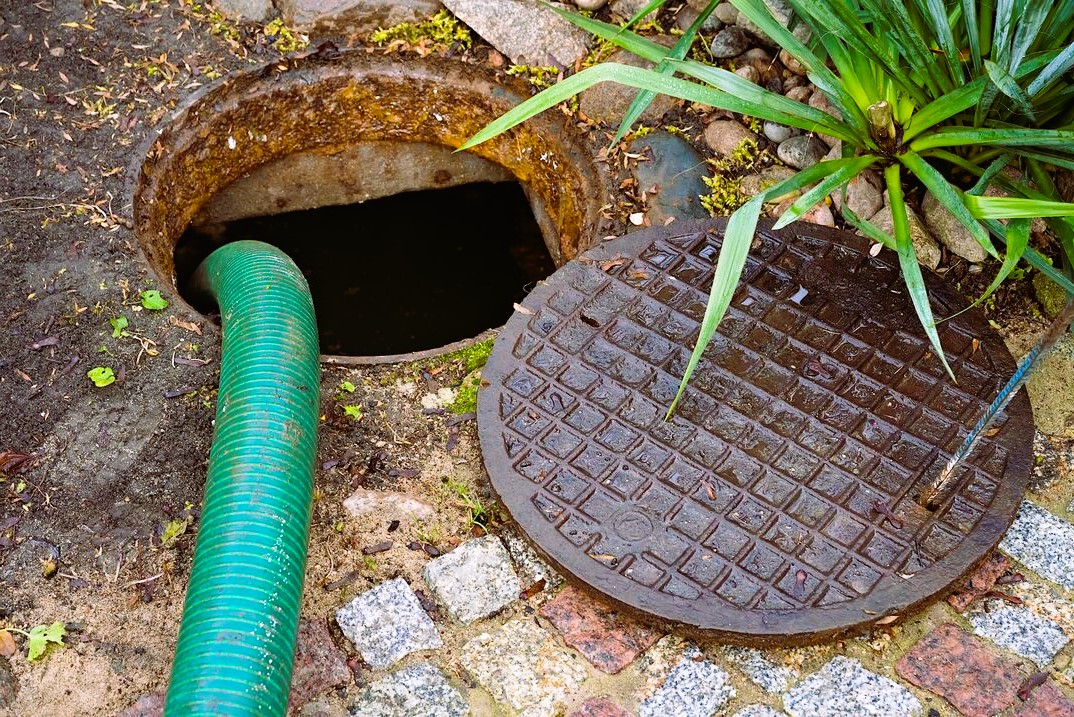Regular septic tank pumping is crucial for maintaining a properly functioning septic system. However, determining when it’s time to pump your septic tank can be challenging. Recognizing the signs that your septic tank needs pumping is essential to prevent backups, system failures, and potential environmental hazards. This article aims to highlight the signs to look out for and provide guidance on identifying when it’s time to pump your septic tank. Reputable sources such as Wikipedia and the Government of Canada’s official website (canada.ca) offer valuable information on septic systems and maintenance.
Signs That Indicate Your Septic Tank Needs Pumping
- Slow Drains: If you notice that multiple drains in your home, such as sinks, showers, and toilets, are draining slowly, it could be a sign that your septic tank is nearing capacity. Accumulated solids can obstruct the pipes, impeding the flow of wastewater.
- Foul Odors: Persistent unpleasant odors, especially near drains, toilets, or the area around the septic tank, may indicate a full septic tank. The accumulation of solids can produce foul-smelling gases that escape into your home or yard.
- Gurgling Sounds: If you hear gurgling noises when using plumbing fixtures, it may be due to a backup caused by a full septic tank. The air trapped in the system can escape through the drains, resulting in unusual sounds.
- Sewage Backup: The most obvious sign that your septic tank needs pumping is a sewage backup. If wastewater begins to back up into your toilets, sinks, or showers, it is an urgent indication that your septic tank is full and needs immediate attention.
- Lush Green Patches or Pools of Water: Excessive water accumulation or unexpected patches of lush green grass around the drain field area could indicate a septic tank that is not properly draining. This can occur when the tank is full and cannot handle the incoming wastewater effectively.
- Presence of Nitrate or Bacteria in Well Water: If your property has a private well, regular testing can reveal the presence of nitrate or bacteria. Elevated levels of nitrate or bacteria in well water may indicate a septic system malfunction, including a full septic tank. The importance of hiring a licensed electrician, we wrote about it here.
Taking Action: When to Pump Your Septic Tank
The frequency of septic tank pumping depends on various factors, such as the tank size, the number of occupants in the household, and water usage patterns. As a general guideline, it is recommended to have your septic tank pumped every 3 to 5 years. However, individual circumstances may warrant more frequent pumping.
To determine when it’s time to pump your septic tank, consider the following factors:
- Pump on Schedule: If you have been following a regular pumping schedule based on the size of your tank and household, sticking to that schedule is a proactive approach to septic system maintenance.
- Observe Signs: Pay attention to the signs mentioned above. If you notice slow drains, foul odors, gurgling sounds, sewage backups, or issues with well water quality, it’s a strong indication that your septic tank needs pumping.
- Consult a Professional: When in doubt, consult a professional septic service provider. They can assess your specific situation, including the tank capacity, usage, and signs of potential issues, and recommend an appropriate pumping schedule.

Standardization and Resources
Standardization plays a vital role in ensuring the quality and reliability of septic system maintenance. Reputable sources such as Wikipedia and the Government of Canada’s official website (canada.ca) provide comprehensive information on septic systems and maintenance practices.
For detailed insights into the signs of a full septic tank and guidelines for proper septic tank pumping, consider referring to the following resources:
- Wikipedia – Septic tank
These sources offer valuable information on septic system maintenance, signs of a full tank, and guidelines for pumping to maintain a healthy septic system.
Conclusion
Recognizing the signs that your septic tank needs pumping is crucial for maintaining a well-functioning septic system. Slow drains, foul odors, gurgling sounds, sewage backups, lush green patches or pools of water, and issues with well water quality are indicators that it’s time to pump your septic tank. By taking prompt action and adhering to a proper pumping schedule, you can prevent backups, system failures, and potential environmental hazards.
When in doubt, consult reputable sources and industry professionals to understand the signs and guidelines for septic tank pumping. Prioritize the regular maintenance of your septic system to ensure a clean and efficient wastewater management system for your home.

